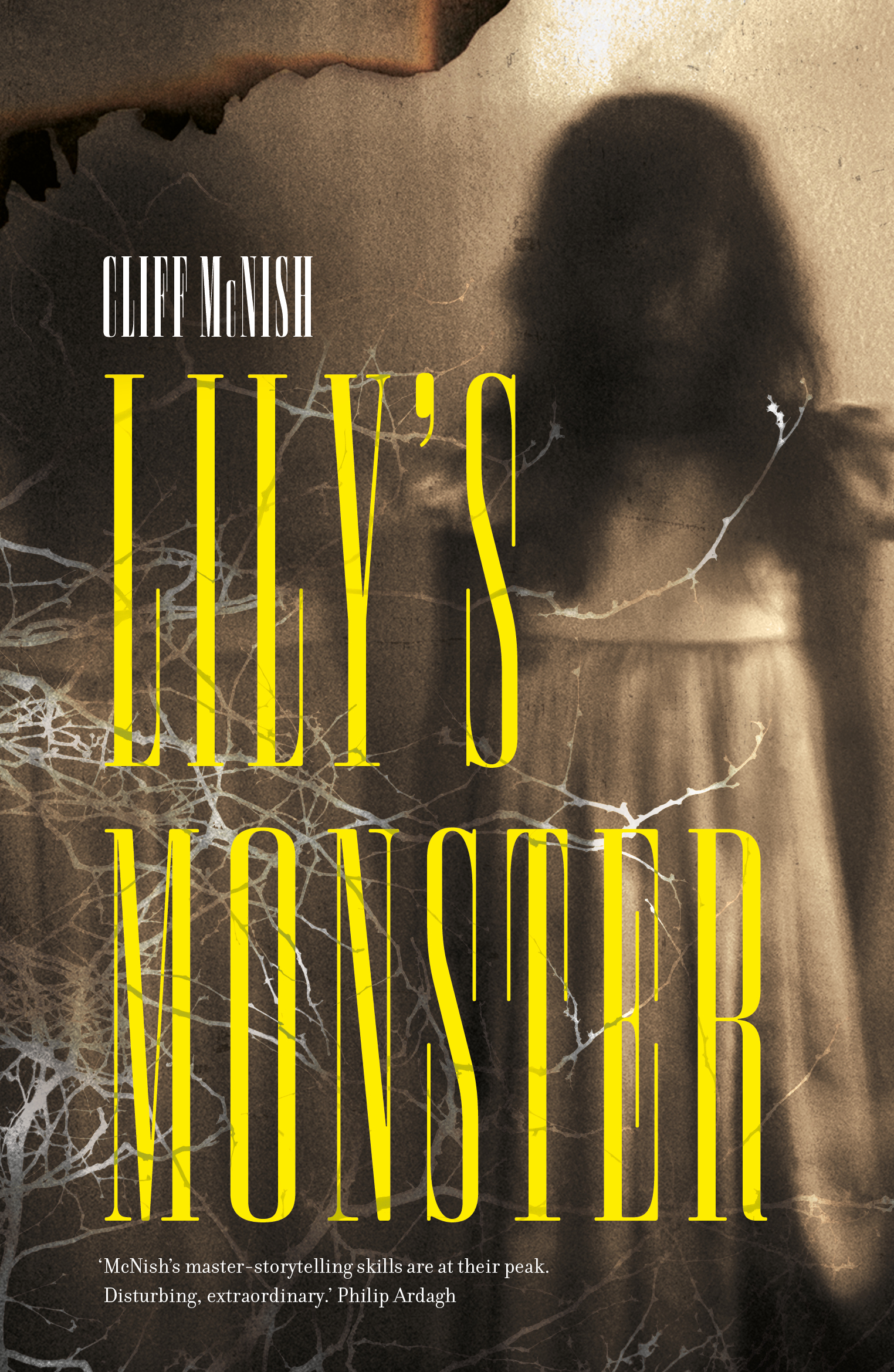This novel explores how individuals subjected to similar ordeals might transcend their suffering through their growing friendship. At another level, it is about the nature of friendship itself.
The story is told by a teenage boy who is mercilessly bullied at school. He finds solace in the companionship of a girl who suffers a similar fate. He has a lazy eye and is known to us only by the name given him by the bullies – “Eyes”. They call her “Hazmat”, but she is known to us through him by her true name, Kojima. She chooses to be dirty and...
This novel explores how individuals subjected to similar ordeals might transcend their suffering through their growing friendship. At another level, it is about the nature of friendship itself.
The story is told by a teenage boy who is mercilessly bullied at school. He finds solace in the companionship of a girl who suffers a similar fate. He has a lazy eye and is known to us only by the name given him by the bullies – “Eyes”. They call her “Hazmat”, but she is known to us through him by her true name, Kojima. She chooses to be dirty and unkempt, as a way of connecting her with her exiled father. Each of them believes it is these respective features that make them targets for the rest of their class. Although one wonders if an adult might intervene at some point, the degree of control exercised by the bullies in order to elude detection, together with the fatalistic submission to their fates of the lead characters (though it turns out she has a greater purpose) keeps them within an apparently perpetual closed world that might well endure beyond their schooldays.
The bullying scenes are brutal, cruel and disturbing. Like in a good thriller, you brace yourself against the thought that it is going to get even worse, and the worry that it might not ever get better. The scenes build to a crescendo in which, for the first time, Eyes and Kojima are tormented together. As she has usually done throughout the relationship, Kojima leads the way in their response. We have found her to be militant and demanding; some might think her a bully herself in how she treats him. She is clear on her principles and has the determination to see them through. By contrast, he is weak and uncertain as to what to think and do. In a deeply startling way, she applies the principles she has previously explained to Eyes, using the power of their “beautiful weakness”. As she had said to him earlier, “But we’re just not playing by their rules. This is our will. We let them do this.” She adds: “They’ll understand eventually”, which remains a speculation, as the bullies leave the story after this scene.
The bullying provides the scenario out of which philosophical ideas about reality, beginnings and endings, identity, meaning and purpose tumble; from him as an exploration of uncharted territory and from her dogmatically. The philosophy of the bullies is explained by one of the lead bullies - the quiet, arms-folded one - when he challenges Eyes’ enquiry as to why they do it with a thesis on moral nihilism.
In the main the dialogue and narration seem close enough to what we might think to be the language of teenagers to engage us with the characters, but in these philosophical sections the veil is lifted. One is conscious that this is Kawakami speaking to us. She might have kept us within the story at these moments by teasing out the ideas more slowly, but that would be to have risked failing to get the points across.
Kojima’s greater purpose emerges when she tells him in a letter they should go “to Heaven on the first day of summer vacation”. They take a train out of town. (The “big white building” they have travelled to may well be The Pola Museum of Art in Hakone, which houses a significant collection of paintings by major Western European artists, from the impressionist period onwards, including works by Chagall and Picasso. The painting Kojima has described to Eyes seems to be “Birthday”, by Marc Chagall. “Birthday” depicts Chagall and Bella, celebrating his birthday shortly before their marriage.)
“Heaven is a painting”. “The one I like the most.” says Kojima. “Heaven is a painting of two lovers eating a cake in a room with a red carpet and a table. It’s so beautiful. And what’s really cool is they can stretch their necks however they want. Wherever they go, whatever they do, nothing ever comes between them. Isn’t that the best?” “…it kind of looks like any other room. But it’s not. It’s actually Heaven.”
Eyes is puzzled and asks if it is called Heaven because the couple are dead. “No” she says. “Something really painful happened to them. Something really, really sad. But know what? They made it through. That’s why they can live in perfect harmony. After everything, after all the pain, they made it here. It looks like a normal room, but it’s really Heaven.” “Heaven… I had a picture of it in a book.”
Kojima sees the relationship depicted in the painting as analogous to her relationship with Eyes, though not because of its romantic nature but because of the bond that is formed – “nothing ever comes between them”.
Kojima points to a painting that shows a horse being milked on a horse’s face. (This must be a version of Chagall’s “I and the Village”, which was the image used to publicise the Chagall show at the museum in 2008, which Kawakami may well have visited - the year before this novel was published in Japan. She may have seen the original work in the MOMA, New York, as well. Apart from the pun in its title, there are other connections to be made between this painting and Eyes. “Birthday” is also held at the MOMA.)
Eyes describes several other paintings which have Chagall motifs and may well be identifiable paintings of his, or a mixture of them. He also says: “Every painting was a moment of destruction coinciding with the birth of something wonderful”, which alludes to Picasso’s assertion that “Every act of creation begins with an act of destruction”.)
Whilst “Heaven” is a metaphor for how Kojima understands her relationship with Eyes, Kawakami might be using the paintings generally as a metaphor for their respective worlds. The unreal juxtapositions, shapes and colours, the conflicting worlds, the floating, dream-like qualities, sometimes unsettling and sometimes comforting, the mystery and naivety, are baffling to him (and exacerbated by his distorted vision), as is his life, whilst for her they provide confirmation of her vision of life.
Eyes asks her: “Where’s Heaven? Farther inside?” “Yeah. It’s all the way in the back” but Kojima feels tired, so they take a break. Kojima is upset. For once, he takes the initiative by suggesting she do something, cutting his hair, which gives her solace and strengthens their growing bond. However, they never went back into the museum. Later in the book, Eyes tells us Kojima still hadn’t shown him her picture of Heaven, so he never saw what she had seen. The bond between them she yearned for never fully formed.
Eyes makes two transgressions. One of them is private and unknown to Kojima but damages his own understanding of their relationship. The other one involves him disclosing to Kojima a decision about himself he is considering making. Naïve as he is, he is surprised when she tells him that if he follows through with this it will break the bond which she thought that they had. She had hoped to get to Heaven with Eyes but, in her eyes, he has stopped trying to get there. He could not keep it up. Faced with this, what will he do? Will he put their relationship, albeit it is on her terms, first, or will he find his own way forward?
This is a novel full of energy and bursting with emotions and ideas, including a possible, enigmatic twist at the end! If it was written with the same directness, concision and lightness of touch as it has in translation (which is into American, not English) then Mieko Kawakami is a wonderful writer.








